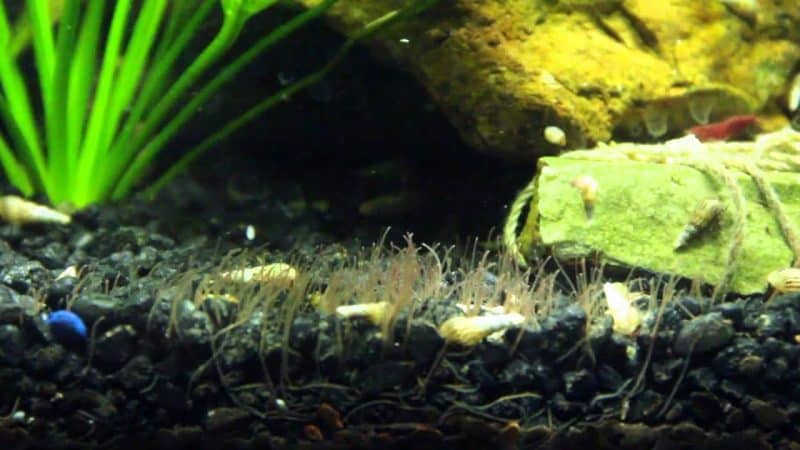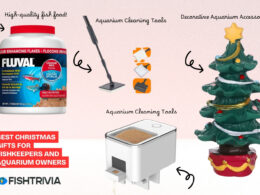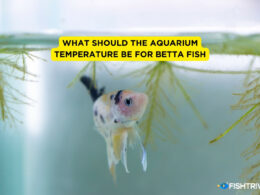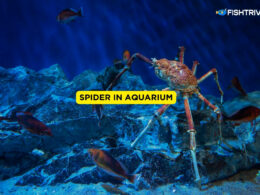In this article Show
If you observe tiny white creatures wriggling around your aquarium, you’ll be questioning what they are, and you’ll in reality need to take them away.
Everyone desires to personalize an aquarium. Aquariums enhance the aesthetics of your room and may be a focus of the room.
Besides that, research displays that proudly owning an aquarium may be healing and assist you to unwind after a difficult day. Additionally, they could have an instructional price for the kids.
Any aquarium hobbyist that has observed tiny white worms in their fish tank possibly has one in every one of the troubles they address.
The extra not unusual place trojan horse, the Detritus Worm, is naturally located in many aquariums, and any overpopulation may be constant with the right maintenance. The much less not unusual place Planaria worms are an extra complicated problem.
However, most people hesitate to spend money on an aquarium for some motives. Some of the not unusual place motives they provide are that it way extra chores for them as they ought to delicately appear after the fish.
In this article, we give an explanation for a way to pick out what species of worm you’ve got in your tank and show you a way to eliminate them.
What Are Detritus Worms?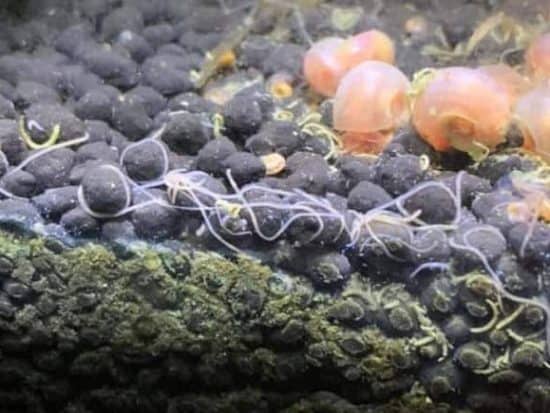
It may be very tough to note detritus worms as they have a tendency to stay withinside the gravel gift withinside the vivarium. They feed on the particles that are left over when feeding your fish and also the waste deposited with the help of using the fish. you may now no longer note them except they get sucked into the tank vacuum.
Detritus worms belong to the phylum of annelids that consist of over 22,000 ringed worms which include leeches, ragworms, and earthworms.
Detritus worms are normally thin-looking, white-brown strings you’ll see wiggling via the aquarium. These worms can now no longer reason any damage to your fish as they go after moldering animals and material. they’re called detritivores.
While detritus worms aren’t harmful, in fact, they assist in maintaining the fish tank clean, it’s also vital to dispose of them earlier than you enjoy a populace explosion of the worms.
Overspill of the detritus worms will decrease the oxygen degrees withinside the fish tank which results in low oxygen for the fish and successively, their fitness will become adversely affected.
How To Identify Detritus Worms
The most effective manner to discern the way to put off the worms in your tank is to first pinpoint what form of worms they are. Just be conscious for now which you want to be aware of positive key details:
- They will waft at the side of the glass, move slowly like earthworms, or simply wriggle.
- They could have body shapes like flat-bodied, rounded, head shape, etc.
- You can locate them in the substrate, glass, or water column.
Where Do Detritus Worms Come From?
These irritating worms can go to your aquarium in several ways. The worms can be reached by introducing new fish in your tank or feeding live bait to your aquatic animals.
Fish newly introduced originate from another environment and may already contain these worms, and they start multiplying because of “food” abundance when introduced into the aquarium.
Overcrowded aquariums can also be vulnerable to worms. The lack of oxygen also provides the perfect environment for these worms to survive. The risk of having a wastewater infestation in tanks where keepers raise fish is high.
Precautions With Detritus Worms
In online forums, you’ll find some wacky details that may help to minimize your population by introducing a carnivorous fish to your worm-infested tank, but it isn’t prudent to eat them all. When tenting, do not use preventative medicines or pesticides to treat a detritus worm infestation.
This will not harm the worms and toxins would be able to kill the fish. So it will not be wise enough to proceed with medicine. Instead, you should try manually removing the worms.
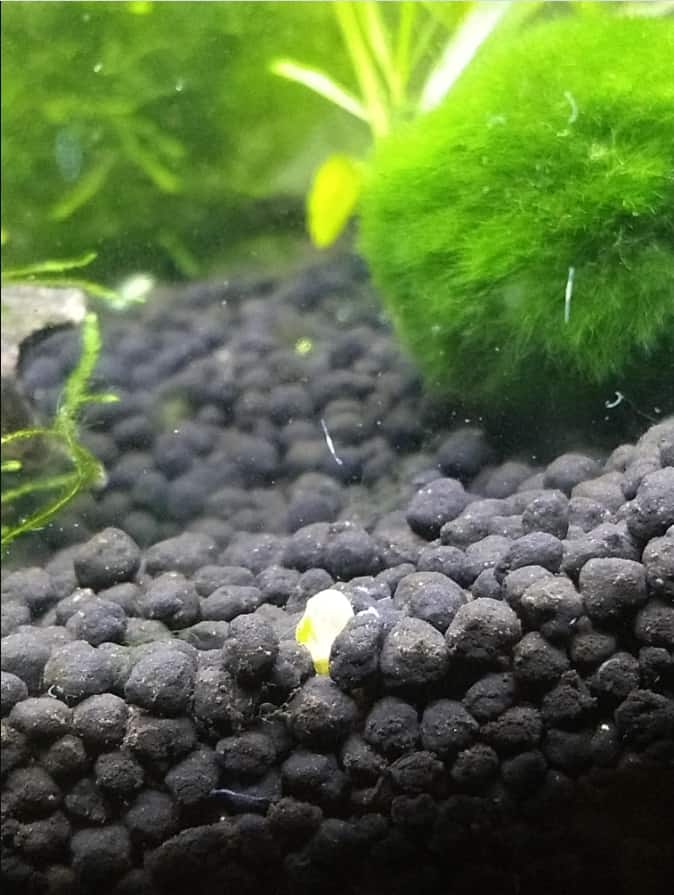
Getting to eliminate detritus worms will get pretty difficult. However, keepers from around the world have shared the subsequent ways to induce them to avoid any future infestations. Here we will discuss some vital ways to get the work done.
How to Get Rid Of Detritus Worms In Aquariums
The following are the ways in which you can get rid of detritus worms from your aquarium;
1. Keep it Clean
The biggest factor is to boost your fish tank maintenance. confirm that you just are vacuuming the gravel rather well each time you modify out water.
This removes the designed waste and unconsumed food that the worms take advantage of. it’ll additionally suck up uncountable worms and take away them from the tank.
If you’ve got a plant substrate, gently place your gravel vacuum on the surface to suck up accumulated sludge.
You will do a constant factor in carpeted plants. You won’t believe the cloud of stuff that may billow out.
2. Changing Water
This resolution is pretty obvious in the event that your fish tank becomes plagued with detritus worms, the most effective way to set about it’s to vary the water. This implies the replacement of the fish tank water entirely.
You’ll begin by removing your vivarium animals into separate temporary tanks. Follow this by removing gravel, pebbles, and alternative fish tank accessories still as all plants. Ideally, you must additionally scrub your fish tank clean and even wash the stones and plants.
Replace the water within the fish tank and set up the gravel, plants, and accessories before putting in place the filter. you’ll acquaint your fish tank fish back to the aquarium, however, ensure that none of the detritus worms are adscititious.
Follow this with a 30% water amendment each 3 – 4 days to urge obviate any detritus worm infestation and to get rid of any remaining ones.
3. Food Control
Fish have little stomachs in order that they will solely properly digest a particular quantity of food at a time. therefore though they eat everything you set within the tank, any food their body doesn’t use straightaway simply passes through as waste.
Excess fish waste may be a nice food supply for detritus worms, and before you recognize it, a number of worms develop into lots or thousands. confirm you’re not feeding. S
olely offer fish the maximum amount of food as they’ll dine in 30-90 seconds. Quickly take away any unconsumed food. scaling down on excess food helps starve out worms.
4. Hydrogen Peroxide
This technique may be very little extreme, however, it’s employed by most keepers. peroxide can even be wont to kill unwanted detritus worms.
Although diluted peroxide isn’t harmful to tank plants, constant can’t be aforementioned regarding tank animals – they need to be separated out if you propose to use peroxide or a similar chemical.
The plan of mistreatment peroxide stems from the actual fact that it helps to forestall algae from growing on plants and also kills snails, larvae, eggs, and different things, which might later hurt the tank and therefore the fish.
5. Filtration
Mechanical filters are nice choices to use. They’re hygienic and needless manual effort to stay them clean and maintain them.
They’re ready to do a much better job of cleansing the water and making sure that the fish tank remains clean, too.
Aquarium filtration is sometimes the perpetrator of most things. It ought to ideally cycle the water and therefore the parts, keeping the system thriving and healthy.
In reality, keepers agree that filtration is one in every one of the crucial elements of a marine museum and aquarium. If the water isn’t cycled properly, fish tank animals suffer and plants can decay.
They’ll conjointly develop alga, and therefore the substrate will become a tract for worms, snails, and alternative pests. If you want a mechanical filter for your fish tank we would suggest you check it out on Amazon.
6. Mind Aquarium Plants
Plants from aquariums can decline, and grow rot, and algae. The quality of your aquarium plants shows how well your aquarium functions. Plants must be medicated and handled and a dead and dying plant removed to eliminate these events.
Again, the Detritus Worms, compost and other materials such as algae, decaying plants, and diminishing leaves have to be repeated. It is necessary for keepers to care for their plants and aquatic animals, in order to prevent a worm infestation.
7. Fish Number
It can also be a significant concern if you have a variety of different fish. Your aquarium provides an ideal breeding ground for detritus worms because of the enormous amount of fish feed and the consequent fish waste.
An overcrowded tank does not only cause competition, hunting, and territorial issues for aquatic species, but can also cause trouble for insects, larvae, and other predators that invade the tank by co-existing different fish.
Conclusion
Too much is dangerous and because you did not plan to breed waste worms, follow the steps above to make sure that your tank is unregulated. Detritus worms, however, potentially form part of a balanced aquatic environment.
They help reduce the volume of waste and decay in your aquarium and act as silent cleaners for nature.
In addition, it is more and more necessary to consider the additional cleanliness of the aquarium and the correct feeding schedule for fisheries to control issues such as population outbreaks of waste worms and the invasion of planarians.
The aquarium and the fish must only be cared for like other animals like cats and dogs.






